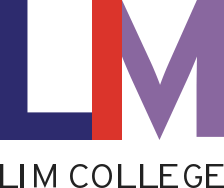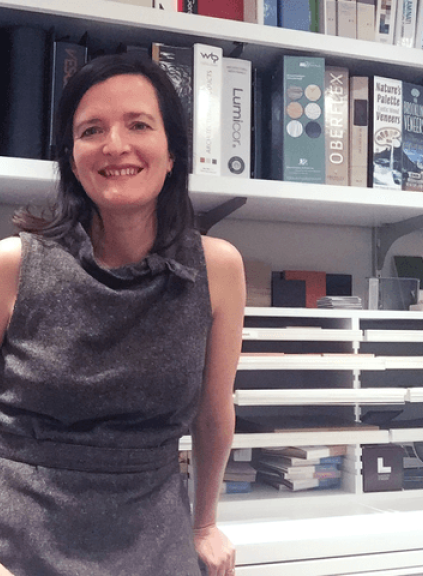Leonora Loeb is a visual artist and full-time faculty member in LIM College’s Visual Studies department. She also manages the College’s Color and Materials Lab. Professor Loeb has 20 years of experience in various creative industries. In addition to serving as a Visual Merchandiser and in-studio Photo Stylist at ABC Carpet and Home, she has collaborated on photo shoots and window display projects for Chanel, Hermes, and Bergdorf Goodman. She has also worked on retail and residential wall finishes for interior architects and designers such as Peter Marino, Victoria Hagan, and Bunny Williams.
What have you noticed about LIM students’ interest in visual arts related to fashion?
I find many Visual Studies students are as interested in visual fields, such as styling, set design, and event design and planning, as they are in fashion. Whatever their focus, it’s more about students becoming articulate in visual language and then applying that to their areas of interest. I see that students become more interested in the visual arts when they are exposed to the variety of museums, galleries, and public art around them in New York City.
What do you try to emphasize in your teaching?
I ask students to think about where designers of various professions get their ideas from and how they articulate those ideas to clients. How do textile designers develop patterns? How do interior designers and architects represent their ideas in digital and physical models? What are the new materials and programs with which they are working? If you want to know how to solve a problem, you’re going to get ideas from a lot of different worlds. Some of the best types of knowledge come from fields outside your specialty.
What makes LIM students different from those at other colleges?
LIM has an incredibly diverse student body with a variety of interests, but the small size allows professors to create a tight-knit community within the classroom. The career-focused students at LIM are engaged in industry internships and academic coursework simultaneously, allowing them to interact with one another as both classmates and colleagues.

